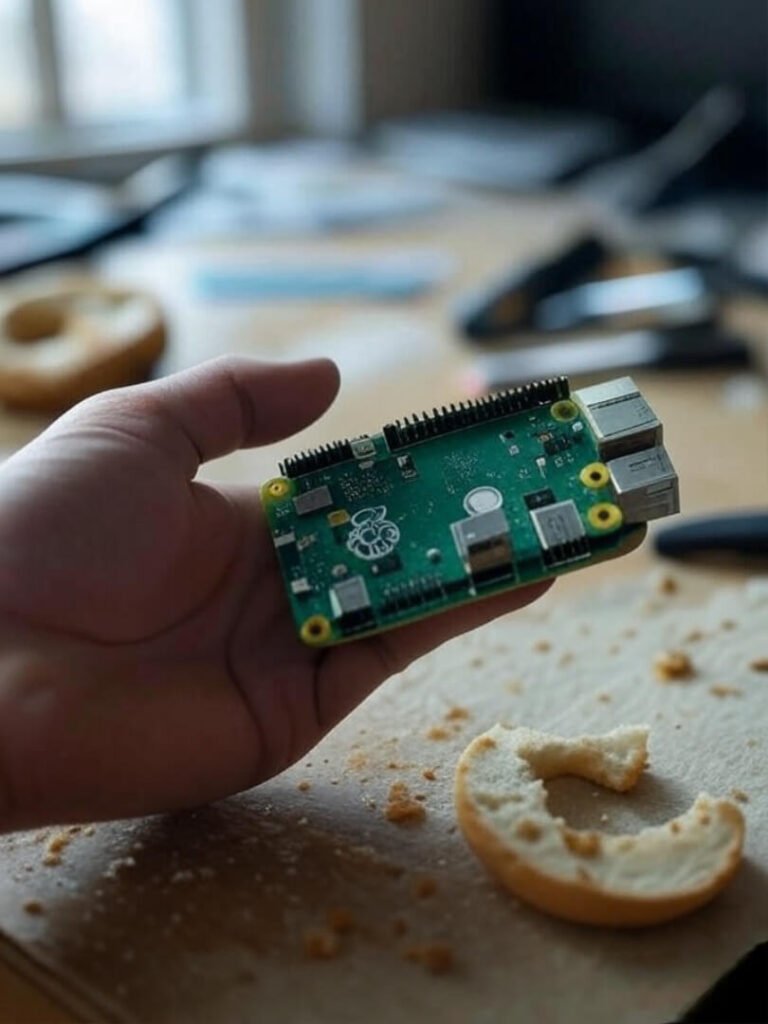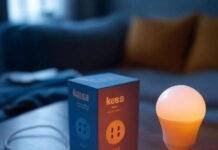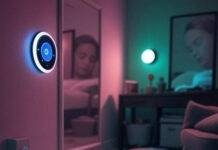Alright, so I’m slouched on my sagging couch in my cramped Seattle apartment, the air smells like burnt toast (microwave mishap, don’t ask), and I’m deep in this smart home without Google or Amazon thing. Why? ‘Cause I’m over Big Tech knowing I belt out Bohemian Rhapsody in my boxers at midnight. This Google-free smart home journey’s been a hot mess, and I’m just a regular dude spilling my dumb mistakes and tiny wins. Like, I’m no tech genius—my setup’s held together with duct tape and hope. Here’s how I dove headfirst into this privacy-first smart home chaos.
It all kicked off when I was scrolling X on my phone, eating cold pizza, and saw some post about how Google and Amazon track your every move. Like, what? My Alexa’s probably snitching on my nacho obsession. I yanked its plug, chucked it in a drawer, and decided to build a DIY smart home. Big mistake? Prolly. Worth it? Oh, hell yeah.
Why I Ditched Google and Amazon for My Smart Home
Real talk: Google and Amazon make slick stuff. But I’m not vibing with their “we’re always listening” energy. Living in the US, where privacy’s basically a unicorn, I wanted a smart home without Google or Amazon. Here’s why I went rogue:
- They’re Creepy: Those devices are always phoning home to the cloud. I don’t need my smart bulb knowing I left the fridge open for ten minutes (true story).
- I Wanna Be the Boss: I’m kinda controlling, okay? I want to mess with every setting, not deal with some app that might brick my gear with a bad update.
- DIY’s My Jam: Building a no-Big-Tech smart home with open-source tools feels like baking bread from scratch. It’s a pain, but you’re proud as hell.
I stumbled on Home Assistant, this open-source platform that’s like the rebel base for Amazon-free smart homes. But, uh, it’s not exactly plug-and-play. I learned that the hard way.
My First Go at a DIY Smart Home (and Total Faceplants)
So, imagine me on my apartment floor, surrounded by a nest of cables, a Raspberry Pi, and a stale bagel. I thought setting up a smart home without Google or Amazon would be easy-peasy. Wrong. I totally borked my first SD card ‘cause I pulled it out like a USB stick. My neighbor probably heard me yelling, “WHY YOU DO THIS TO ME?” at my Pi at 2 a.m. Whoops.
After way too many Red Bulls and YouTube tutorials, I got Home Assistant running. It’s like the brain of my Google-free smart home. I grabbed some Zigbee bulbs (shoutout to Zigbee2MQTT) and a shady smart plug off eBay. When my lights finally dimmed from my phone, I was like, “I’m basically Elon Musk!” Then they crashed ‘cause I forgot to update some driver. Classic me.
Tips for Your Google-Free Smart Home (From a Guy Who Screwed Up)
If you’re thinking about a smart home without Google or Amazon, don’t be a dumbass like me and go all-in without a plan. Here’s what I wish I knew:
- Get a Raspberry Pi: It’s cheap, like $40 on Adafruit. Just don’t, uh, spill coffee on it (yep, guilty).
- Stick to Zigbee or Z-Wave: They don’t need the cloud, unlike Wi-Fi crap. I got a Zigbee dongle for my DIY smart home.
- Be Patient: You’ll spend hours swearing at code. It’s annoying but kinda fun, like a puzzle you wanna yeet across the room.

The Good, the Bad, and the “Why Is This So Hard?”
Building a smart home without Google or Amazon ain’t all sunshine. My setup’s glitchy as hell—my smart fan spins like it’s auditioning for a horror flick sometimes. But I love that my data’s not floating in some corporate cloud. I can make my lights do dumb stuff, like glow coral when my pizza’s close (still figuring that out). It’s my privacy-first smart home, and I’m obsessed.
The bad? It’s a time suck. I blew a whole weekend trying to figure out why my smart plug stopped working. Spoiler: I typed the password wrong. Like, duh. And the learning curve’s brutal. I’m no coder, but I’m wrestling with YAML, which is like decoding alien scribbles. But when it clicks, I feel like I hacked the Pentagon (not really, chill).
My Favorite No-Big-Tech Smart Home Gear
Here’s what’s running my smart home without Google or Amazon:
- Raspberry Pi 4: The heart of my setup. Runs Home Assistant, mostly without catching fire.
- Zigbee Dongle: Snagged a Conbee II for connecting my gear.
- IKEA Tradfri Bulbs: Cheap, Zigbee-friendly, no Amazon required.
- Aqara Sensors: Motion and temp sensors that don’t narc on me to the cloud.

What I’ve Learned (and Still Totally Mess Up)
I’m gonna level with you—I’m still a disaster at this. My DIY smart home is like me: chaotic and barely holding it together. Last week, I set my thermostat to 80°F by accident ‘cause I misread a forum post. My dog was panting like he ran a 5K. But that’s the deal with a smart home without Google or Amazon—it’s raw, it’s real, it’s mine.
Biggest takeaway? Back up your configs. I learned that after a power outage wiped everything, and I maybe cried a little. Also, check out the Home Assistant subreddit. Those folks saved my ass when my sensors went haywire. And don’t be scared to experiment. I’m trying to automate my coffee maker, but it keeps brewing at 4 a.m. Send help.

Wrapping Up My Big-Tech-Free Smart Home Mess
So, yeah, my smart home without Google or Amazon is like my life: a glorious dumpster fire. I’m sitting here, my DIY hub blinking like it’s judging me, and I’m grinning like a fool. It’s not perfect—half the time it barely works—but it’s my middle finger to Big Tech. If you’re thinking about a privacy-first smart home, it’s totally doable. You’ll screw up (I do, like, every day), but it’s so worth it.


















































